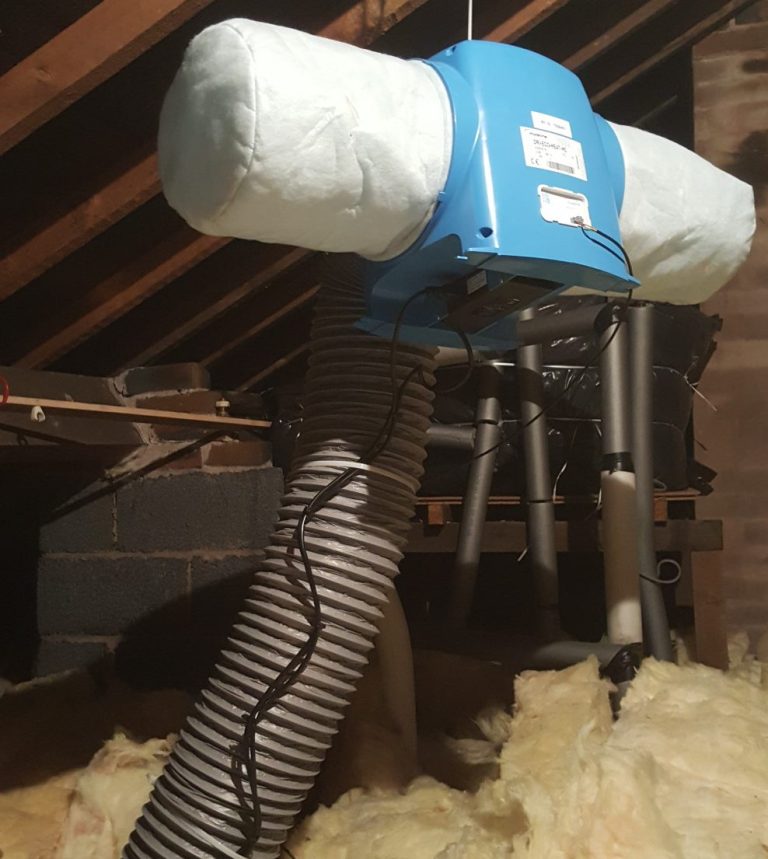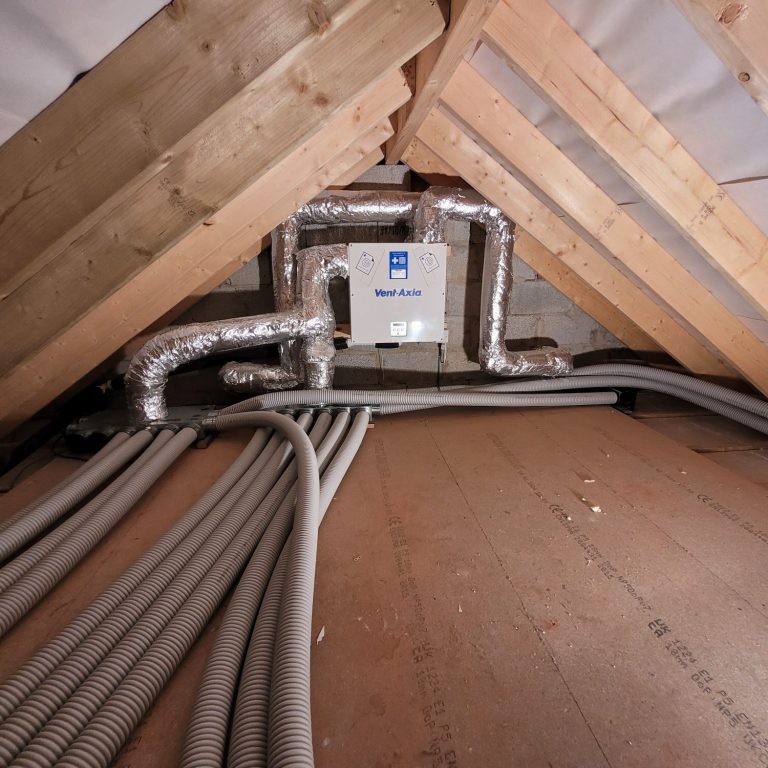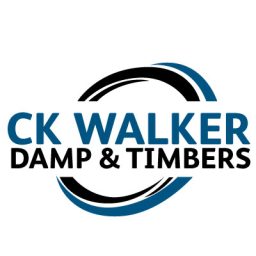Condensation Control & Ventilation Solutions in Derbyshire (Derby) & West Nottinghamshire
One of the most common causes of dampness in buildings is ‘condensation’.
What is condensation and how does it occur?
Condensation dampness is a condition that affects many homes and has become a major cause of environmental dampness within properties. Condensation is particularly common in homes which are poorly heated and poorly insulated and usually gets worse in the colder winter months i.e. ’the condensation season’.
Quite simply, condensation is water that is released from moisture laden air (When the dew point is met) and deposited on cold surfaces and is usually seen as a problem during the colder winter months. It is often seen on windows being more noticeable on cold mornings, and possibly on external walls.
Condensation is also found where air movement is restricted, such as in corners of rooms, behind items of furniture placed against walls and even in wardrobes or cupboards. Its presence can be first indicated by the development of black spot mould growth on walls and ceilings, and even furniture, clothes and other fabrics.
How do you solve condensation problems?
In order to keep a property free from condensation/high atmospheric moisture levels, there needs to be a good balance of heating, good insulation, ventilation and reasonable moisture production.
Condensation Control Strategies:
- Adequate insulation - Will slightly reduce the risk of surface condensation from occurring and will help retain the warm air within the property.
- Adequate heating throughout the property in the colder winter months will help prevent surface condensation and will increase the amount of moisture that the air can hold.
- Adequate ventilation will help remove excess moisture from the property.

Find the Real Cause of your Condensation Problem with our Data Logging Service
Do you want to get a real insight into what is causing condensation and mould problems in your property?
If you do, read all about our condensation data logging service. The only way to get a true picture of what is really happening in your home.
Condensation Control (Ventilation) Methods for Domestic Properties

Positive Input Ventilation (PIV) Units - What are they and how do they work?
PIV units have been preventing and curing condensation dampness related problems in homes for decades. They are also used to control other indoor air pollutants and have even proven to be an effective means for reducing Radon gas in some properties.
A positive input ventilation system gently forces air from the loft around a building (Roof Type). It reduces humidity and eliminates condensation, black mould and mildew. It is an effective and inexpensive way of eliminating black mould and takes maximum advantage of solar gain and warm air stratification.
Overall savings in central heating costs may be possible due to the recirculation of warm air at ceiling height.
The units are idea for most domestic properties, and also for second or holiday homes that are used infrequently.
The PIV unit is positioned in the loft above the landing in a house or central hallway of a bungalow, the system then re- circulates air around the property.
For buildings without a roof space, a wall mounted PIV unit is available. The unit is normally placed within a central hallway.
As mentioned above, all properties are unique and therefore it is important to make sure that the PIV unit being installed is suitable for the property. Where a property is not suitable, we may have other ventilation solutions which could be installed, such as de-centralised (Extract Fans) and a centralised MEV unit.
When we undertake a ventilation survey, our surveyor will discuss the different types of units to help you decide which is best for your property.
To arrange a ventilation/ condensation control survey or quotation - Call DERBY 01332 960160 - MATLOCK 01629 352019 or use our online contact form.

Is Your Home Suitable for a PIV Unit?
In this video, we discuss the key factors that determine whether your property is a good candidate for installation.
These include:
✔️ A well-ventilated roof space – The loft must have sufficient airflow to supply the PIV unit with fresh air.
✔️ An intact firewall in semi-detached homes – To prevent air leakage and maintain fire safety.
✔️ No gaps or holes in chimneys/flues – Any openings can affect air quality and create potential risks.
✔️ No holes in the ceiling below.
✔️ A well-fitted loft hatch – Preventing unwanted air leakage into the loft.
✔️ A suitable hallway or landing layout – The PIV unit should be positioned where airflow can distribute effectively.
✔️ Smoke alarm positioning – PIV units can slightly affect air movement, so alarms should be correctly placed.
✔️ Door undercuts – Small gaps under internal doors allow air to circulate freely throughout the house.
If you're considering a PIV unit to tackle condensation, this guide will help you determine if your home is suitable for installation
DRIMASTER ECO HEAT HCS
PIV Unit (Loft Mounted)
The DRIMASTER-ECO units are fitted with an internal temperature sensor, which continuously monitors the temperature in the loft and boosts the air volume when the loft temperature is above a set level (heat recovery mode). If the loft temperature becomes excessive, the unit will switch
to standby mode (no airflow). Once installed, the airflow can be set to suit the house size and if required, the way it responds to the temperature changes within.
The unit also features a heating component. This will temper the air which is distributed through the property via the ceiling diffuser, thus ensuring a comfortable living environment. This pioneering design sees the low watt heater (400w) react efficiently and effectively, guaranteeing an economically friendly product.
The controls to the unit are situated on the diffuser.
Nuaire Drimaster ECO (Hall Control with 400w Heater) - £1,050.00 including VAT (Supplied & Fitted)
Already have a PIV unit and require a service??
We can provide a service for most makes of PIV units throughout Derbyshire & West Nottinghamshire.
Click the link below for more details on what a Positive Input Ventilation (PIV) service entails.


Continuous Extract Ventilation - DMEV Fans
A de-centralised ventilation system involves the installation of individual fan units being fitted in the wet rooms of a property.
A wet room is classed as any room which produces excess moisture such as a Kitchen, Bathroom, Utility Room, En-suite and Toilet Room.
Each of these fans is ducted to the outside in order to remove the extracted moisture. This is normally through the external wall or through the roof to a tile/soffit vent.
The NUAIRE FAITH is a compact, filterless, continuously running extract fan.
The fan has 3 running modes:
1) Trickle mode. (Normal running mode)
2) Comfort Boost Mode. (Activated by high humidity levels)
3) Boost Mode. (Activated by the pull cord or separate switch)
The fan has humidity sensors, which boosts the functionality of the fan when the amount of moisture in the room exceeds normal levels. If the humidistat is activated (Normally at 65 % RH - Relative Humidity), the unit automatically runs at comfort boost speed until humidity levels drop below the selected threshold.
These type of fans operate best when ducted straight out of a wall. They can also be installed on a ceiling, but the duct run to the outside of the building must be as short as possible so as not to affect the performance of the fan.
These fans should be fitted to wet rooms only (Kitchens, Bathrooms, Utility Rooms etc).
The fans are very quiet, and the running costs are very low.
Introduction to Nuaire Faith Video - DMEV Fan

Mechanical Extract Ventilation (MEV) System
A Mechanical Extract Ventilation (MEV) system is a centralised type of ventilation system used in buildings to remove stale air from indoor spaces, promoting better air quality and moisture control. Here's a detailed look at how it works:
How an MEV System Works
- Extraction Points:
- Location: MEV systems have extraction points strategically located in areas where moisture and pollutants are typically generated, such as kitchens, bathrooms, and utility rooms.
- Purpose: These extraction points remove stale, humid, or polluted air from these wet rooms.
- Continuous Operation:
- Continuous Operation: MEV systems operate continuously at a low level, ensuring a constant extraction of air. They may have boost modes that increase extraction rates during periods of high humidity or pollution.
- Centralised Unit:
- Design: The extracted air from various rooms is ducted to a central fan unit.
- Function: This central unit then expels the stale air outside the building.
- Replacement Air:
- Natural Ingress: Fresh air typically enters the building through passive vents or trickle vents in windows or walls.
- Airflow Path: The system creates a slight negative pressure, drawing fresh air in from outside, which then flows through living spaces to the extraction points.
Key Features and Benefits
- Improved Air Quality: By constantly removing stale air, MEV systems help reduce indoor pollutants, moisture, and odours, improving overall air quality.
- Humidity Control: Effective at controlling humidity levels, reducing the risk of condensation and mould growth.
- Energy Efficiency: MEV systems are more energy-efficient compared to natural ventilation, as they can be controlled to operate only when needed, minimizing unnecessary heat loss.
- Quiet Operation: Designed to operate quietly, ensuring minimal disruption to building occupants.
These systems are great for bungalows. It is possible to fit in a 2-storey house, but it is a lot harder to feed the ductwork through the house to the downstairs rooms.

What is an MEV Video

MVHR - Mechanical Ventilation Heat Recovery (Extract and Supply System with Heat Recovery)
An MVHR (Mechanical Ventilation with Heat Recovery) system is a type of ventilation system used in buildings to provide fresh air while minimising heat loss. Here’s how it works:
- Ventilation: MVHR systems continuously supply fresh air into habitable rooms such as bedrooms and living rooms. This helps maintain indoor air quality by replacing stale air that can accumulate pollutants like carbon dioxide and odors.
- Heat Recovery: Simultaneously, the system extracts stale air from wet rooms like kitchens and bathrooms. As this warm, stale air is expelled from the building, it passes through a heat exchanger.
- Heat Exchange: The heat exchanger within the MVHR system transfers the heat from the outgoing stale air to the incoming fresh air. This exchange process is highly efficient, typically recovering up to 90% of the heat that would otherwise be lost.
- Distribution: The pre-warmed fresh air is then distributed throughout the building, ensuring a comfortable indoor temperature while reducing the need for additional heating. This can lead to significant energy savings, particularly in colder climates where heating costs are a concern.
- Filtration: MVHR systems often incorporate filters to remove dust, pollen, and other particles from the incoming air, improving indoor air quality further.
MVHR systems are designed to operate continuously, adjusting ventilation rates based on indoor air quality and occupancy levels. They are particularly beneficial in tightly sealed, energy-efficient buildings where natural ventilation through windows is limited.

MVHR Videos -
How Does it Work?
MVHR Install - Start to Finish
CK Walker Damp & Timbers provides Damp Proofing, Condensation Control, Re-Plastering, Fungal Decay & Woodworm solutions throughout Derbyshire & West Nottinghamshire.
CK Walker LTD trading as CK Walker Damp & Timbers – Company Number 09072842 - Address – Unit 4, Block 13, Amber Business Centre, Greenhill Lane, Riddings, Alfreton, Derbyshire, DE55 4BR.
For all your damp proofing & timber treatment needs in Derbyshire & West Nottinghamshire, call us on 01332 960160 or 01629 352019.
©Copyright. All rights reserved.
We need your consent to load the translations
We use a third-party service to translate the website content that may collect data about your activity. Please review the details in the privacy policy and accept the service to view the translations.

